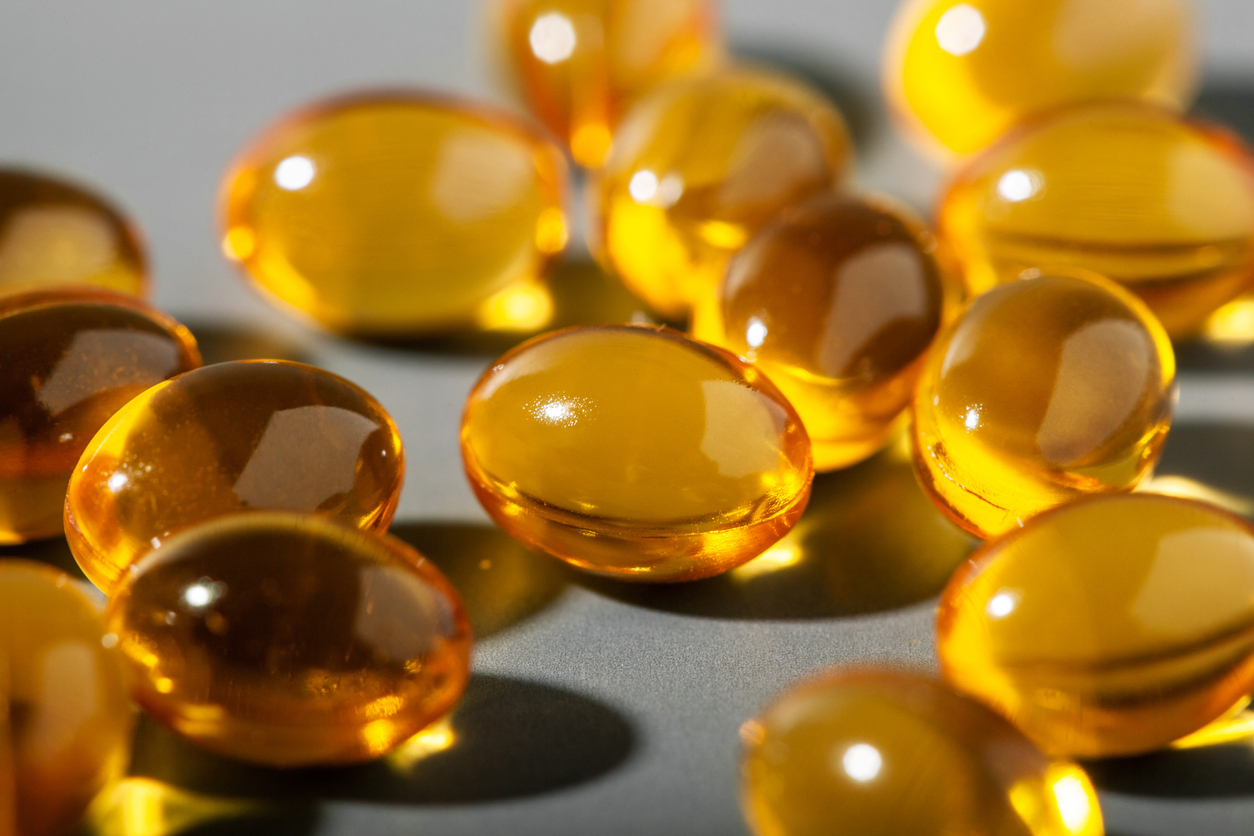α-lipoic acid (ALA) or thioctic acid is a compound produced from plants, animals, and humans. ALA participates in energy generation in our cells, in glucose and lipid metabolism and acts as an antioxidant. It is found in the R structure in nature, but when added, it is usually found as a mixture from R and S (racemic composition). Humans can synthesize it, but not in enough quantities to cover our needs, and therefore we need to obtain it also from our diet. Nowadays it is used to treat diabetic neuropathy and as a food supplement.
Insulin autoimmune syndrome (IAS) is characterized by spontaneous hypoglycemic episodes, high insulin levels and presence of insulin autoantibodies. Scientific papers have observed the appearance of this syndrome after ALA administration, even though this syndrome was resolved after a few weeks to months when ALA was discontinued.
Due to a Danish authority’s request, EFSA evaluated whether a relationship between ALA consumption and IAS risk could be established. Moreover, a consultation on whether a dose below which IAS is not expected to occur was made.
EFSA analyzed the evidence, and it was found that ALA added to foods increases the risk of developing IAS in individuals with certain genetic polymorphisms, meaning they have a mutation that predisposes them to this situation. When ALA is found naturally in the food, this association could not be established.
On the other side, EFSA could not determine a safe dosage, due to the vary between individuals. Even so, we must remember that Europe’s incidence is very low, inferior to Japan’s where it is 0.017/100.000 inhabitants.
Countries such as Italy, obligate to add a warning on products containing ALA, as a precaution measure.
Only an EFSA’s opinion has been published for now, which the European Commission (EC) takes into consideration but has no legal value, and therefore we must wait for the legal changes that the EC decides to emit.



